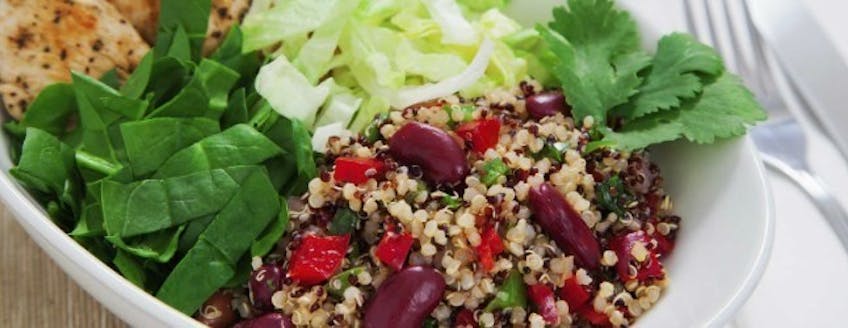A guide to Glycemic Index
What is GI? The Glycemic Index (also known as the GI) ranks foods according to their effect on your blood sugar levels. It was developed in the early 1980s by Dr. David J. Jenkins, a professor of nutrition at the University of Toronto. Before then, carbohydrates had been categorised as simple or complex. Simple carbs were high in sugar and scientists thought they led to a rapid rise in blood sugar. Complex carbs – like potatoes or rice – were though to break down more slowly and create a gradual blood sugar rise. When Jenkins looked deeper, he actually found that some complex carbs were causing rapid rises, and some simple carbs caused slower rises. He began to classify foods under their glycemic index instead of the basic simple/complex categories.What is GI rating?
Foods with a high glycemic index lead to a bigger change in blood sugar levels over a 2-3 hour period than foods with a low glycemic index. A glycemic index list assigns a numerical value to a food. This value indicates how much and how rapidly 50 grams of its carbohydrate content will raise blood sugar levels, compared to 50 grams of a reference food (glucose or white bread). The reference food is given an arbitrary value of 100. Foods with a GI of 55 or less are known as low glycemic foods or low glycemic load foods.
Why should I go for a low GI diet?
The low glycemic index diet is popular with people who want to lose weight, increase their energy levels, or protect their health. Low GI carbohydrates gradually release sugar into the blood stream and therefore produce only small fluctuations in your blood glucose and insulin levels.
Is a high GI carb diet a bad thing?
Not always! High GI diets help you to replenish carbohydrate stores after exercise more rapidly than low GI foods, and are often used by serious athletes. As glycogen (stored carbohydrate) is the main source of energy for muscle activity, the harder you work, the greater the requirement for replenishment.
As a general rule, high GI diets would only be advised under a specific and strict training regime as recent studies from Harvard School of Public Health indicate that the risks of diseases such as type 2 diabetes and coronary heart disease are strongly related to the GI of the overall diet (http://www.glycemicindex.com/about.php).
Types of low GI diet foods to help you switch your diet
| 1. | Breakfast cereals based on oats, barley and bran are rich in low GI carbohydrate, and a great alternative to toast and sweetener enriched cereals. |
| 2. | Reduce the amount of white potatoes you eat, as these are high in GI carbs and starch – perhaps swap to sweet potatoes instead. |
| 3. | Eat lots of fruit, salad and vegetables. |
| 4. | Use wholegrain, Basmati or Doongara rice, as traditional rice is again like white potatoes very high in GI carbs and starch. |
| 5. | Eat foods like wholegrain bread, pasta, noodles and quinoa rather than white grains. |






















